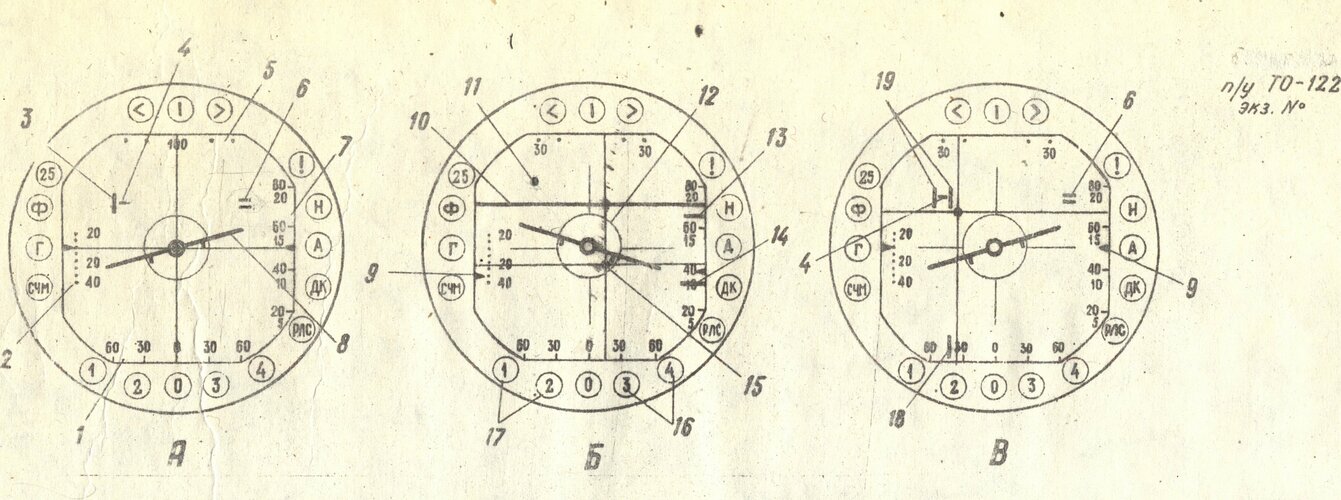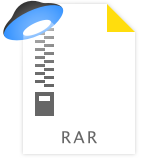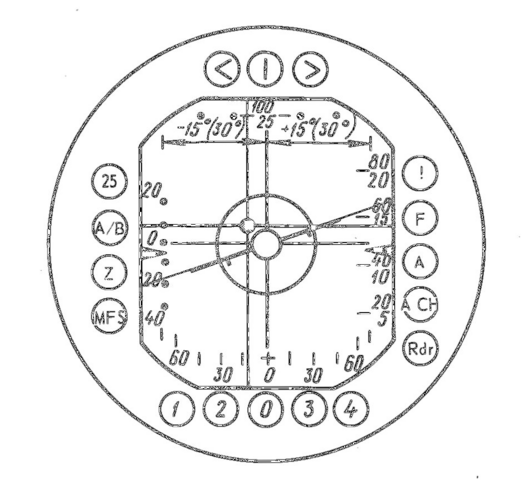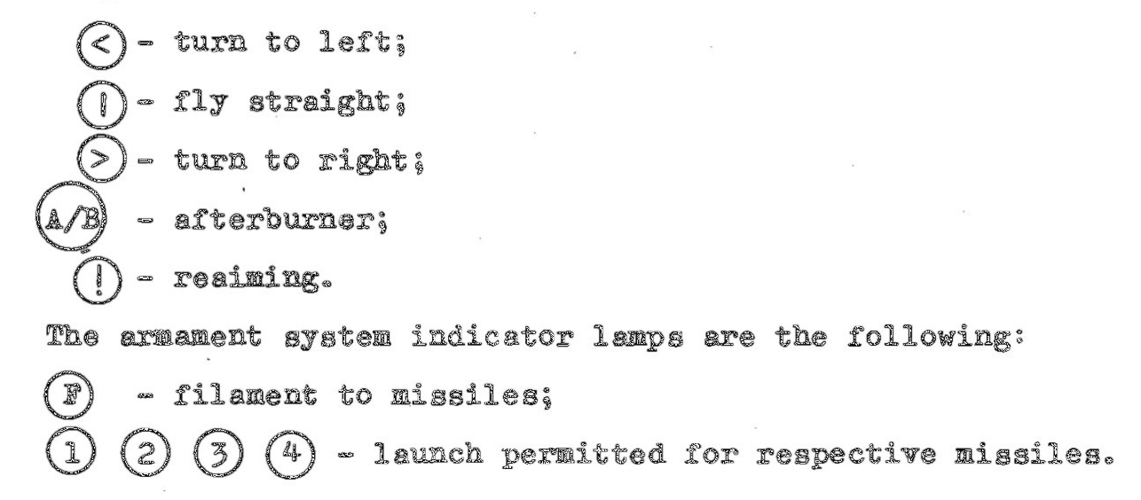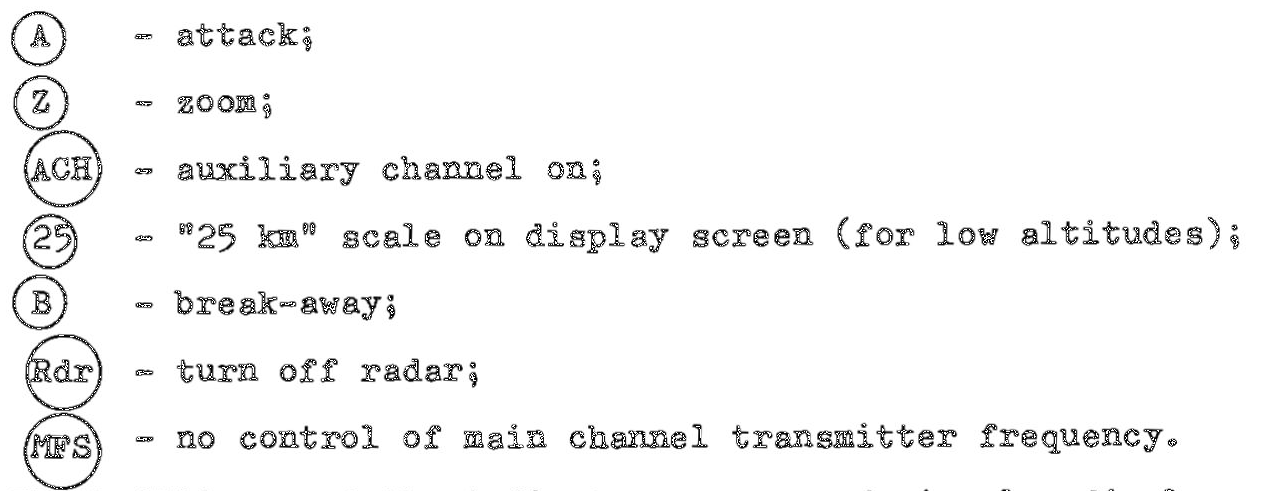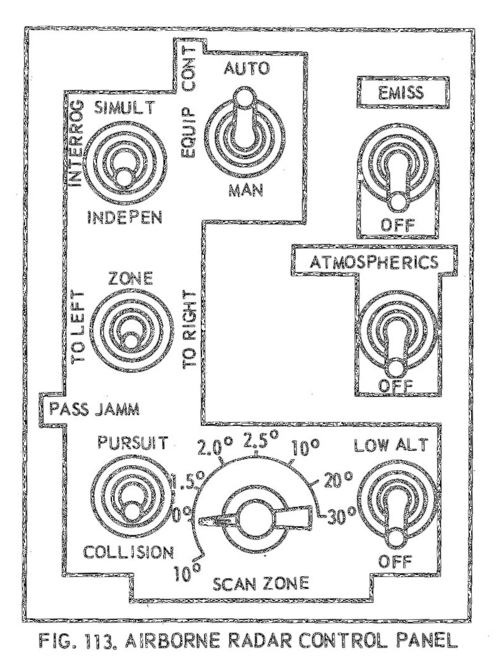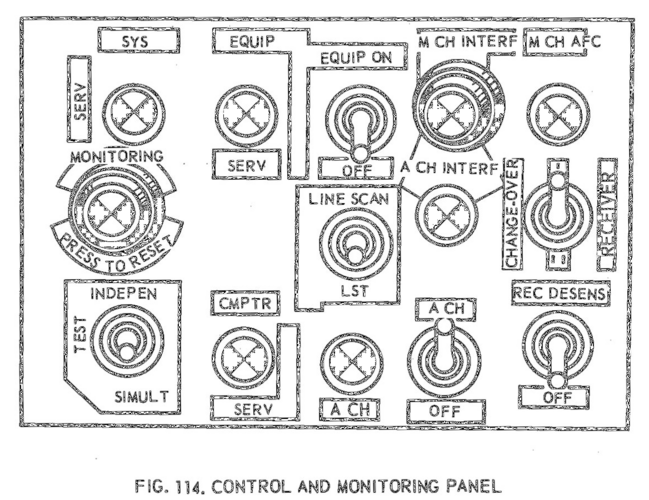- Joined
- 27 December 2005
- Messages
- 16,454
- Reaction score
- 19,153
Chapter I
GENERAL CHARACTERISTICS
The weapon system of the MiG-25P aircraft is part of the aviation-missile complex of interception, providing, together with other systems of the complex, the defeat of enemy air targets (aircraft and air-to-ground missiles) day and night in any weather conditions and in organized interference at the onboard guidance stage.
The weapon system includes the following units and systems:
The layout diagram of the weapons system units is shown in Fig. 1

The composition of the air-missile interception complex, except for the weapons system. includes:
- guidance system "Vozdukh-1M";
- interceptor aircraft (carrier);
- radio control system S-A;
- state identification system;
- Polet-1I navigation and landing system. which includes the automatic control system SAU-155P.
The guidance system is used to detect air targets, generate signals and commands that provide guidance to the interceptor aircraft on the target, and transmit these signals to the aircraft.
The radio control system is designed to detect and auto-track air targets, as well as to generate and issue the necessary signals and commands to ensure aircraft control at the stage of onboard guidance and aimed missile launch.
The identification system is designed to determine the nationality of targets.
The navigation and landing system is used to generate signals and commands necessary for automated flight control at the stages of cross-country flight at seven intermediate bait points, return to the airfield and landing approach.
The automatic control system SAU-155P is designed for automatic and semi-automatic (director) control of the aircraft at the stages of dash and on-board guidance, cross-country flight, return to the airfield and for landing.
The aircraft's armament system is interfaced with the SA radio control system, VS-8000 and VS-18000 high-altitude signaling devices, SKV-2N-2 and D1-1A sensors, as well as with the system for automatic (counter) starting of aircraft engines. Interaction with other systems of the complex (airborne ARLS-M, SAU-155P, etc.) is carried out by interfacing the S-A radio control system with them.
A simplified block diagram of the interfacing of the weapon system with the systems of the air-missile interception system is given in Fig. 2. The equipment of all the above systems works together.
The complex provides an attack on a collision course at altitudes of 2500-27000 m at target speeds of 1000 to 3000-3250 km / h and an attack along the rear hemisphere at altitudes of 800-27000 m at target speeds of 800-2300 km / h - depending on the flight altitude.
The interceptor's missile weapon is used in the form of four symmetrically located launchers (suspensions) under the wing. On the left and right wing consoles, two launchers APU-84-46 are mounted from below at distances of 3381.5 mm (internal) and 4577 mm (external) from the plane of symmetry of the aircraft. ALU fastening - pivot.
Rockets are hung on launchers. The longitudinal axes of the missiles are inclined downward at an angle of minus 1°54' 47" with respect to the horizontal of the fuselage, and the centers of gravity of the missiles are separated from the wing chord: external - by 770 mm, internal - by 780 mm.
In relation to the plane of symmetry of the aircraft for launchers - missiles, the following numbering is adopted, if viewed in the direction of flight:
The following missile suspension options are possible:
For details on the starter, see Chapter IV.
Electrical weapon control system coupled with the system radio control S-A, is described in detail in chapters V and VI
Missile launch circuits for blocking the cleaning of the nose landing gear and the relay for disconnecting powerful consumers, as well as a safety check in each ALU-84-46.
The number of missiles launched, i.e. launch option, set by the switch "One - Series 2" (in the cockpit). The launch of missiles is carried out by the pilot by pressing the combat button on the aircraft control stick. The control and launch control system provides with each press of the combat button: - launch of a full missile; - launch of two missiles in a series with a time interval of 0.6 + - 0.08 sec. The system also provides emergency release of missiles in pairs or four at once, which is performed by pressing the "Emergency release SS" push switch (in the cockpit).
The process of intercepting an air target during the operation of the complex in the Vozdukh-1M guidance system includes the following steps:
[to be continued]
GENERAL CHARACTERISTICS
The weapon system of the MiG-25P aircraft is part of the aviation-missile complex of interception, providing, together with other systems of the complex, the defeat of enemy air targets (aircraft and air-to-ground missiles) day and night in any weather conditions and in organized interference at the onboard guidance stage.
The weapon system includes the following units and systems:
- combat means - all-angle K-40R air-to-air missiles with a semi-active radar homing head PARG-12VV (RGS) or all-angle K-40T missiles of the same class with a thermal homing head (TGS):
- four aircraft launchers APU-84-46, designed for suspension, launch and emergency drop of missiles, as well as for supplying missiles with compressed air and cooling missile compartments with freon on the ground and in joint flight in the air while preparing them for launch;
- an electrical weapon control system with automation units designed to power missiles on a suspension, signaling, control circuits and automatic preparation and launch of missiles;
- red dot sight KIO-T for aiming at visually visible targets.
The layout diagram of the weapons system units is shown in Fig. 1
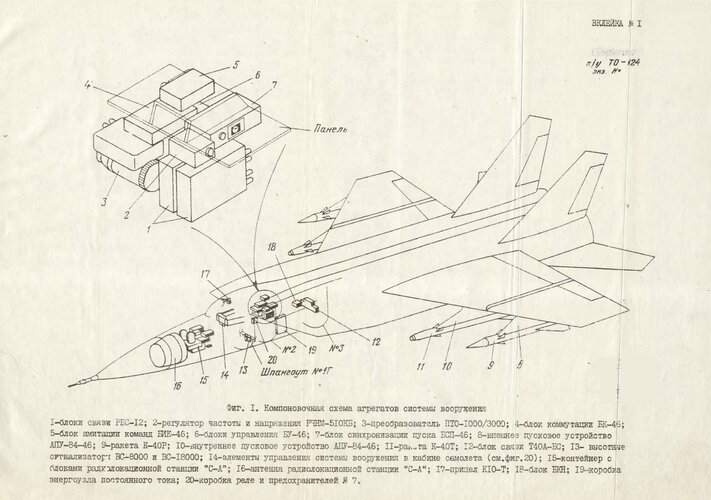
The composition of the air-missile interception complex, except for the weapons system. includes:
- guidance system "Vozdukh-1M";
- interceptor aircraft (carrier);
- radio control system S-A;
- state identification system;
- Polet-1I navigation and landing system. which includes the automatic control system SAU-155P.
The guidance system is used to detect air targets, generate signals and commands that provide guidance to the interceptor aircraft on the target, and transmit these signals to the aircraft.
The radio control system is designed to detect and auto-track air targets, as well as to generate and issue the necessary signals and commands to ensure aircraft control at the stage of onboard guidance and aimed missile launch.
The identification system is designed to determine the nationality of targets.
The navigation and landing system is used to generate signals and commands necessary for automated flight control at the stages of cross-country flight at seven intermediate bait points, return to the airfield and landing approach.
The automatic control system SAU-155P is designed for automatic and semi-automatic (director) control of the aircraft at the stages of dash and on-board guidance, cross-country flight, return to the airfield and for landing.
The aircraft's armament system is interfaced with the SA radio control system, VS-8000 and VS-18000 high-altitude signaling devices, SKV-2N-2 and D1-1A sensors, as well as with the system for automatic (counter) starting of aircraft engines. Interaction with other systems of the complex (airborne ARLS-M, SAU-155P, etc.) is carried out by interfacing the S-A radio control system with them.
A simplified block diagram of the interfacing of the weapon system with the systems of the air-missile interception system is given in Fig. 2. The equipment of all the above systems works together.
The complex provides an attack on a collision course at altitudes of 2500-27000 m at target speeds of 1000 to 3000-3250 km / h and an attack along the rear hemisphere at altitudes of 800-27000 m at target speeds of 800-2300 km / h - depending on the flight altitude.
The interceptor's missile weapon is used in the form of four symmetrically located launchers (suspensions) under the wing. On the left and right wing consoles, two launchers APU-84-46 are mounted from below at distances of 3381.5 mm (internal) and 4577 mm (external) from the plane of symmetry of the aircraft. ALU fastening - pivot.
Rockets are hung on launchers. The longitudinal axes of the missiles are inclined downward at an angle of minus 1°54' 47" with respect to the horizontal of the fuselage, and the centers of gravity of the missiles are separated from the wing chord: external - by 770 mm, internal - by 780 mm.
In relation to the plane of symmetry of the aircraft for launchers - missiles, the following numbering is adopted, if viewed in the direction of flight:
- outer on the left wing console;
- inner on the left wing console;
- inner on the right wing console;
- outer on the right wing console.
The following missile suspension options are possible:
- two missiles with RGS and two missiles with TGS (standard version);
- four missiles of the same type of RGS
- With a mixed version, missiles with thermal homing heads are suspended on internal launchers.
- A different number of rockets, except for four, is not allowed to be suspended.
- a locking mechanism for fixing a suspended rocket - in each launcher;
- signaling and blocking mechanism - in each starting device;
- a docking and tear-off mechanism for connecting electrical circuits and a pipeline to a launcher, a device to a rocket - in each launcher;
- a pneumatic system consisting of compressed air cylinders, gearboxes and pneumatic electrovalves for supplying missiles during preparation for launch and tactical launch - common for external and internal starting devices of each wing console;
- an emergency release pneumatic system, consisting of an emergency compressed air cylinder, a pneumo-electric cockpit and pneumatic pushers that provide emergency overgrowth of the rocket - in each launcher;
- a cooling system consisting of freon cylinders, a filter, a freon level sensor, etc., which serves to cool the rocket compartments during flight - in the launcher;
- coaxial-waveguide transition (CS) - for transmitting HF radar to a missile - in each launcher.
- rockets with their skids (yokes) are suspended on the guides of the launchers and, using a docking-tear-off mechanism, are joined to the launcher via electrical circuits, an air system and a freon cooling system.
For details on the starter, see Chapter IV.
Electrical weapon control system coupled with the system radio control S-A, is described in detail in chapters V and VI
Missile launch circuits for blocking the cleaning of the nose landing gear and the relay for disconnecting powerful consumers, as well as a safety check in each ALU-84-46.
The number of missiles launched, i.e. launch option, set by the switch "One - Series 2" (in the cockpit). The launch of missiles is carried out by the pilot by pressing the combat button on the aircraft control stick. The control and launch control system provides with each press of the combat button: - launch of a full missile; - launch of two missiles in a series with a time interval of 0.6 + - 0.08 sec. The system also provides emergency release of missiles in pairs or four at once, which is performed by pressing the "Emergency release SS" push switch (in the cockpit).
The process of intercepting an air target during the operation of the complex in the Vozdukh-1M guidance system includes the following steps:
- ground-guided interceptor;
- on-board guidance of the interceptor, during which it is carried out according to the target;
- return to the airport of departure; approach and landing.
[to be continued]
Last edited:

